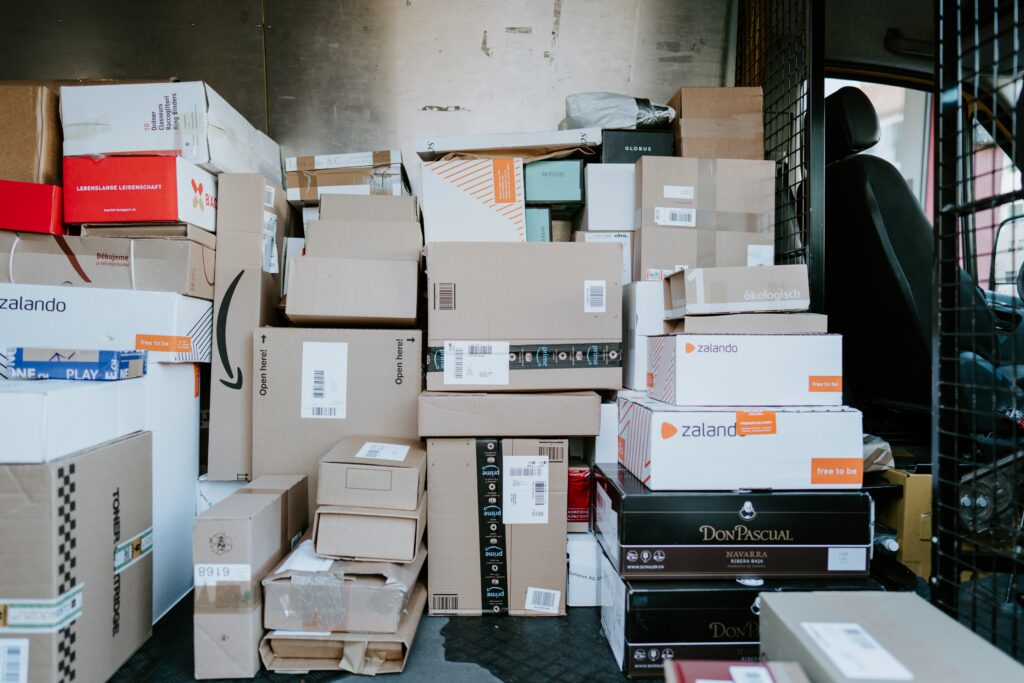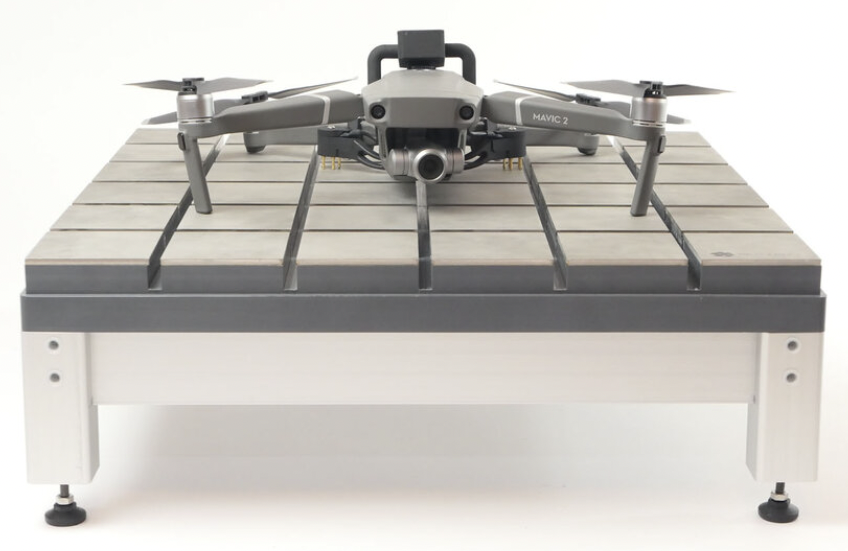How drones are going to change your life
Technology for drones is expected to go from strength to strength in 2023 and beyond with groundbreaking advances set to transform industries worldwide. In this article, we give you the 5 factors crucial to democratising drones in even more diverse applications.
The integration of machine learning and AI are among the most significant trends to watch as well as the expansion of delivery services and improvements to safety and security.
Drones have already proved to be invaluable in sectors such as agriculture, delivery, construction, and public safety. Still, greater opportunities are on the horizon as new advancements and applications emerge.
Total global shipments of drones are forecast to reach 2.4 million this year, increasing at a 66.8% compound annual growth rate, according to Insider Intelligence. While the drone services market size is expected to grow to $63.6 billion by 2025.
In this article, we are looking at five factors that will be crucial in the democratisation of drone technology, as well as what we might expect to see in the future.

1. Higher Load Limits
Drones are predicted to provide jobs for 100,000 US citizens within three years. But for this forecast to become a reality, developers need to solve several issues including increasing flight time and carrying capacity.
At present, the most common drone power option is lithium batteries. The technology boosts its capacity by several per cent each year, meaning it is likely to stay in demand for a long time.
While quadcopters or lightweight wing-type drones, designed for short distances, work well on batteries, more power is needed in order for the overall drone market to grow.
Today’s prototypes, such as the Rhaegal drone, can lift an impressive 375kg, equipped with hybrid engines that convert aviation fuel energy into electricity. Such machines are in demand in the construction industry and for the maintenance of complex and remote facilities such as repairing power transmissions towers.
However, engineers are looking for new solutions when it comes to powering drones, with two alternatives of focus being hydrogen engines and more hybrid electric petrol solutions. Theoretically, this would enable drones to transport heavier loads in the future.

2. Battery Quality
Another way a drone is limited by its battery is through its charging capacity, but new solutions are on the horizon with recent advances in battery technology. The uncrewed aircrafts will soon be able to carry out more tasks, more efficiently, with new charging solutions set to launch in 2023.
Wireless charging is already changing the scope of drones, which eliminates the need for direct contact with a charging station and allows the machines to power freely without the need for accurate alignment. Further advances in this area will enable more efficient, reliable, and low-cost large-scale production and delivery. This would give way to enhancements in long distance delivery in remote areas, last-mile urban delivery, automated warehouses and factories, autonomous public and private vehicles and the monitoring and upkeep of large scale infrastructure.
3. AI Integration
Drones will be able to carry out complex tasks with minimal human intervention by harnessing the power of AI and machine learning. AI-based analysis capabilities will enable farmers to manage agricultural yields more efficiently. While drones fitted with AI-powered navigation systems will be able to inspect infrastructure autonomously.
4. Swarm Technology
This advancement will help drones carry out tasks more efficiently by communicating and collaborating in real time. Examples of tasks that could be carried out in this way include search and rescue operations and environmental monitoring. The swarm technology could even be used to choreograph entertainment shows and more in the future as its capabilities grow.
5. Drone Delivery Services
Large companies including Google and Amazon have started to test drone delivery systems, which are no longer a concept of the distant future but tomorrow’s reality. The technology is expected to revolutionise last-mile logistics as more companies follow suit.
In Conclusion…
The drone industry is already excelling with billions of pounds growth forecast over the next two years and beyond. Significant headway has already been made with wireless charging and advancements in area such as navigation systems, increased range and data storage. But there are still many more breakthroughs on the horizon including the integration of AI and more powerful batteries which will give way to more business and employment opportunities in drone development and service industries. In the not to distant future, consumers could come to expect shopping to be delivered by drones which are also set to transform the manufacturing industry with higher load limits on the horizon.

